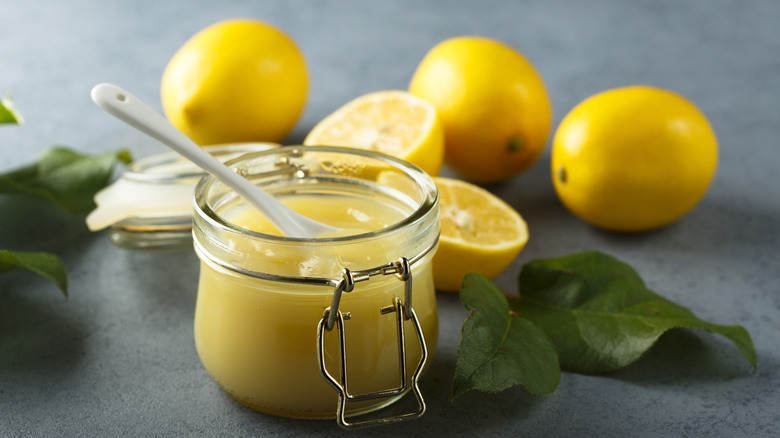Does It Matter If You Don't Strain Lemon Curd?
When it comes to lemon curd, you might wonder whether or not it is really necessary to strain the sharp, citrusy component. Some swear by the silky smooth texture achieved through straining, while others argue that it strips away the curd's character. Let's delve into the pros and cons of straining lemon curd and shed light on when and if it is necessary to strain.
There are several key benefits to straining lemon curd. First of all, this step removes any lumps or bits of cooked egg that may have developed due to cooking the curd at an excessively high temperature, creating a smooth consistency that's perfect for spreading or filling. For those who prioritize presentation, strained lemon curd offers a flawless, professional look without any visible imperfections or contaminating flavors such as caramelized sugar from the edges of the pot.
There are, however, several key reasons that you might not want to strain the curd. Some argue that straining lemon curd removes some of its natural texture, such as the zest, resulting in a product that lacks depth and character. There's the potential for waste, as some of the curd may be left behind in the strainer. Ultimately, one of the biggest reasons people choose not to strain is that it is yet another step and more to clean. Straining can be a tedious process, requiring patience as you evenly and carefully press the curd through the sieve to avoid pressing any impurities through.
Strain lemon curd when it is a central component
So, when does it make sense to strain lemon curd, and when should you skip this step? It ultimately comes down to personal preference and the intended use of the curd. For recipes where a thick, silky-smooth texture is paramount, such as lemon tart filling or cake frosting, straining is often the way to go. However, if you prefer a more rustic texture or plan to use the curd in applications where imperfections are less noticeable, such as in a savory glaze or spooned into lemon cookies, straining may not be necessary.
For those who opt to strain their lemon curd, simply place a fine-mesh sieve over a bowl and pour the freshly cooked lemon curd through, using a spatula to press it through the sieve. If you choose not to strain your lemon curd, don't sweat it. Some methods of making lemon curd, such as using a powerful blender, yield perfectly smooth results without the need for straining. In the end, let your taste buds be the ultimate judge of lemon curd perfection.

